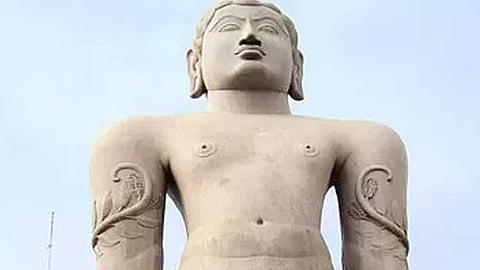
- முகப்பு
- கல்கி
- மங்கையர் மலர்
- தீபம்
- கோகுலம்/Gokulam
- முக்கிய பிரிவுகள்முக்கிய பிரிவுகள்
- தொகுப்புகள்தொகுப்புகள்
- Premium

-Chithra Madhavan
The Ganga dynasty was a famous one that ruled from approxi- mately the 4th century A.D. to the 6th century A.D. They later continued to be feudatories of the Chalukyas of Badami and even lateras feudatories of the Rashtrakuta dynasty. The place over which they ruled was called Gangavadi which covered the regions of Kolar, Mysore, Bangalore and Tumkur areas (present day Karnataka). Their capital was first in Kolar and later in Talakkad. They were called the Western Gangas to distinguish them from another branch of their family who ruled in Orissa and referred to as the Eastern Gangas.
An important contribution of the Western Gangas to art is the numerous `hero-stones’ that are still seen today in villages and museums. These ‘hero-stones’ are called `veeragals’ in Kannada. These stones were set up to commemorate the death of warriors or members of royalty. These stone slabs have carvings of figures of warriors along with the brave deeds that they did. The stone slabs are usually divided into three or four horizontal segments, sometimes even five. One famous hero-stone of the Western Gangas is seen in the State Archaeo-logical Museum in Bangalore (Karnataka). It is a granite slab that has the Western Ganga King Nitimarga. It dates back to approximately 920 A.D. The granite slab shows the king reclining on a couch surrounded by attendants
Many monuments of the Western Gangas are found in Talakkad which was their capital. These monuments are mostly Hindu temples. Many other Jain monuments of this dynasty are seen in Sravana Belagola which was and still is an important Jain centre. Chamunda Raya, an ardent Jain, was a minister and army general of the Ganga King Rachamalla IV. In 982 A.D., Raya constructed a Jain temple in Sravana Belagola which is known as Chamunda Raya Basadi. In 983 A.D. he sponsored the consecration of a colossal monolithic image of Bahubali, also known as Gomateshwara in Sravana Belagola. This image is a very unique example of Western Ganga sculpture. This monolith is 57 feet high (17 metres) and is situated on a hill in Sravana Belagola.
It is made of grey granite. It can be seen at long distances from the hill. It is said to be the tallest free-standing monolith in the world. In Jain tradition, Bahubali was the son of the first Jain Tirthankara known as Rishabhanatha. He was believed to have stood so long in meditation that plants grew on him. In this sculpture, Bahubali is standing in meditation with vines growing on his legs.
Another characteristic feature of Ganga sculpture is the free-standing monolithic pillars (stambhas). They are called Maha-stambhas, Mana-stambhas and Brahma-stambhas. The Tyagada Brahmadeva pillar is a well-sculpted free-standing pillar that was commissioned by Chamundaraya. The 2.3 m tall pillar stands facing the enclosure leading to the monolith of Gomateshwara (Bahubali). The date of this pillar is approximately 983 A.D. The pillar is seen on Vindyagiri, a hill in Sravana Belagola. The images of Chamundaraya and his guru Nemichangra are carved at the base of this pillar.
